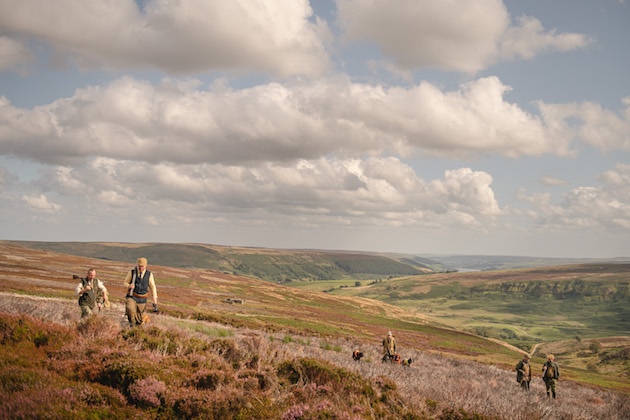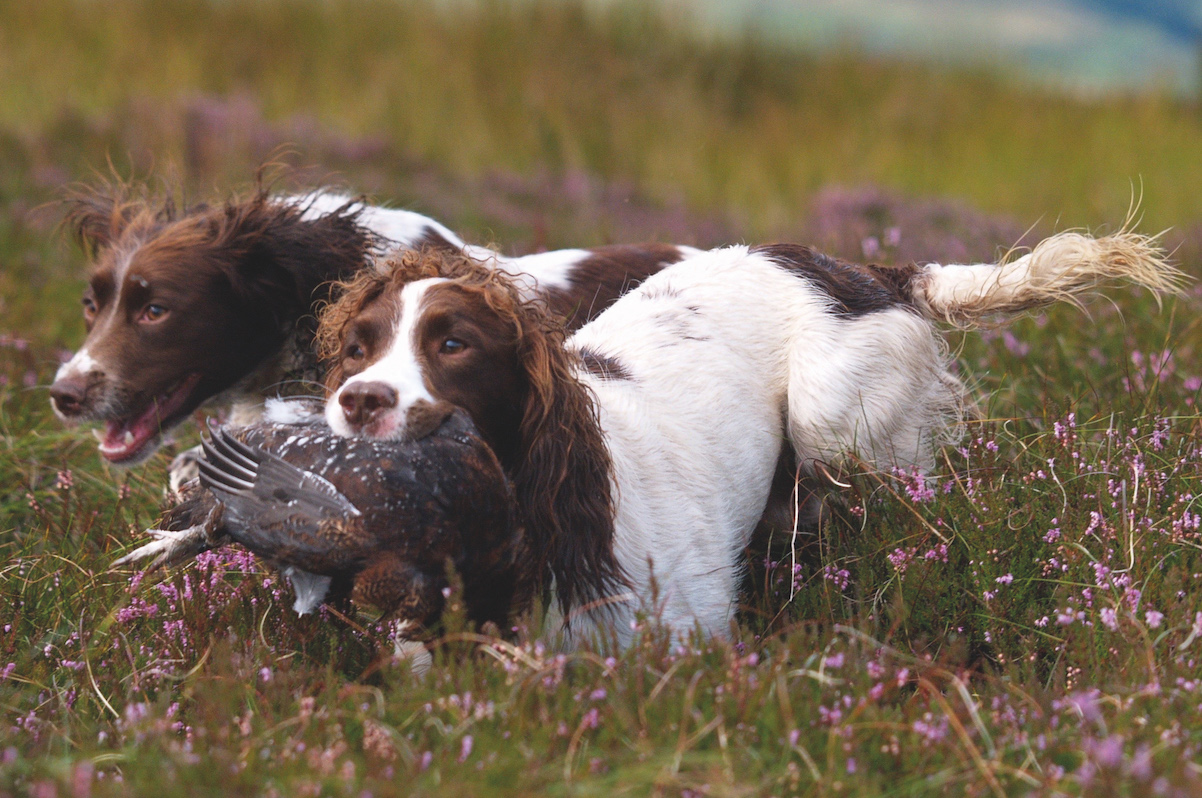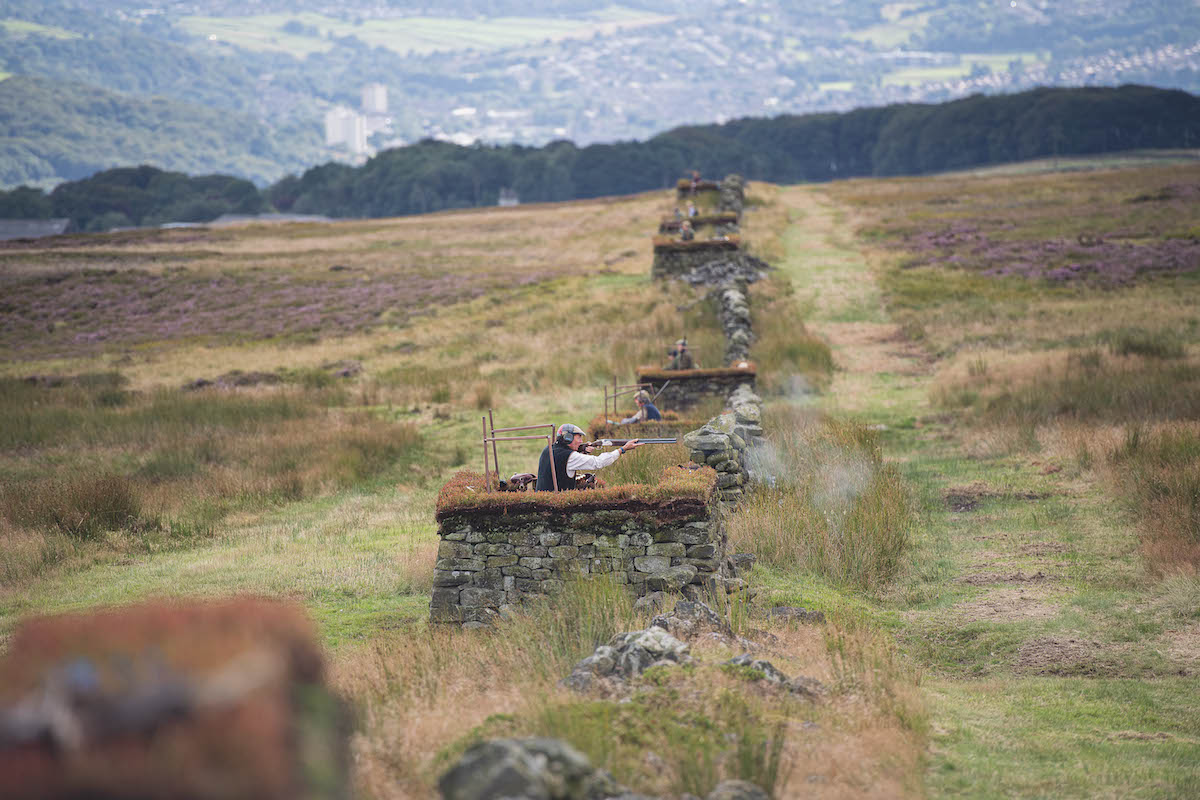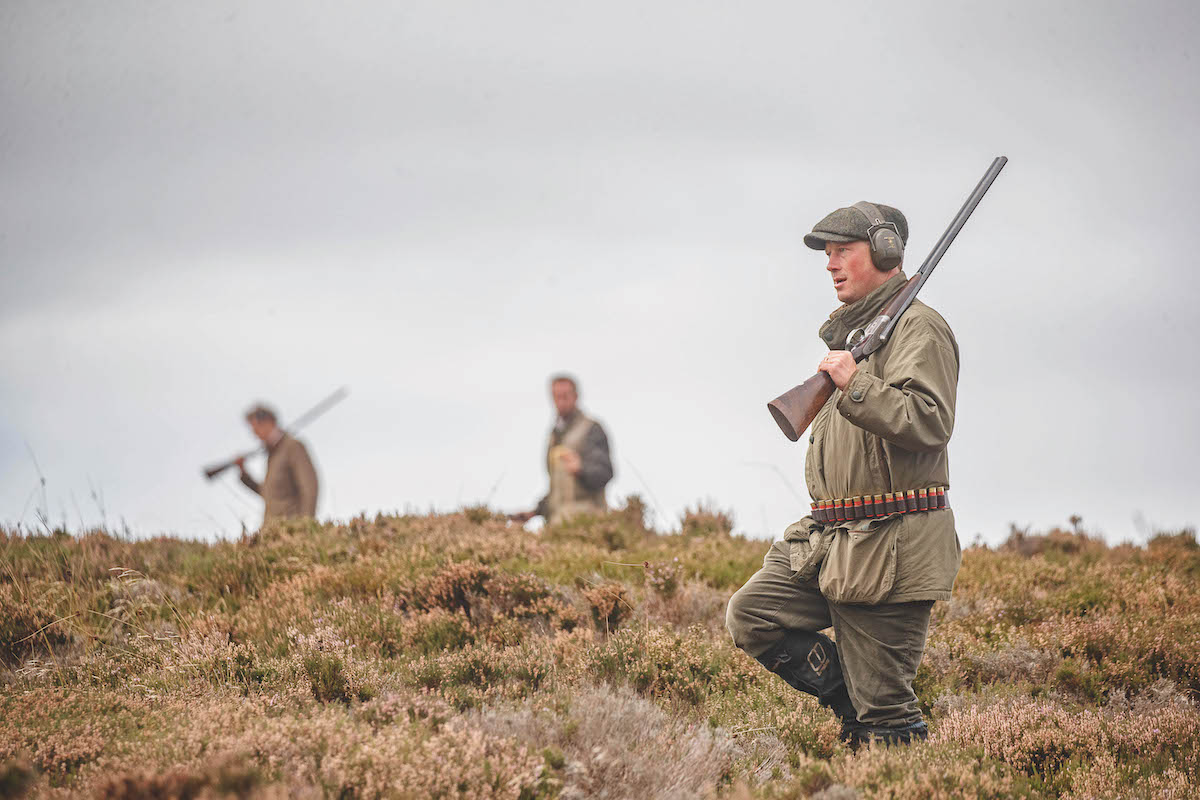A dog handler’s view of shooting grouse over HPRs
A dog handler talks shooting grouse over HPRs to Shooting Gazette

Shooting walked-up grouse is physically demand for both Gun and dog
I have worked dogs on walked-up grouse shoots for over 20 years and in that time I’ve been able to watch and think about the habits of the various visiting Guns.
Watching the grouse shooters is as interesting as watching the grouse. Most of them will have a good few years of shooting experience under their belts, probably at driven shoots.
When they come here they have limited – if any – experience of shooting walked up grouse over a pointing dog breed. We use Hungarian wirehaired vizslas, which of course are hunt, point and retrieve (HPR) dogs.
https://www.instagram.com/p/BoBUStRn_7d/
Last season I was asked if I would work our dogs for a single Canadian Gun who was in Scotland on his honeymoon. His father-in-law had paid for him to shoot a limit of five brace. It was obvious from how he read the dogs’ body mannerisms and the noticeable quickening in his pace every time they remotely indicated grouse that he had done this before. As it turned out, he was an upland bird hunter at home who shot over his own HPR breed, the large Munsterlander. He managed four-and-a-half brace by the end of the day.

A typical walked-up grouse day lasts from 11am until 5pm, with a break for lunch
A hard day’s walking for grouse shooters
Before the start of the day, I have always found it beneficial to brief the Guns, letting them know what they can expect from our dogs and how they work. Just as importantly, we also let them know what we expect of them. Walked-up grouse is physically taxing. A typical day will see us out on the hill by 11 in the morning through to five in the afternoon, with maybe an hour’s break for lunch. It’s a long, exhausting day, for young and older alike.
Peat hags heavily scar areas of these Highland moors, some of which are well above head height. Understandably, irrespective of age, it provides a real physical challenge for many of the Guns. Sometimes simply keeping in touch with your dog is difficult. As the handler, I have to be conscious of the dogs’ whereabouts at all times, while also helping to ensure that the welfare of the Guns is met.

The Hungarian wirehaired vizsla
Even the younger members notice how tiredness affects their shooting as the day wears on. Although our dogs are never going to run with the same speed or be as wide-ranging as your typical pointer or setter, they are every bit as methodical. The very fact that they hunt at a range that allows a Gun to get to them in a respectable time and distance has its advantages and is most definitely appreciated by the older Guns.
The average age in our party tends to be far greater than in those who choose to follow the keeper and his pointer. Far more legwork is required to keep apace of this big running dog. Regrettably, despite their best efforts, many older Guns are unable to stay abreast of the dogs. This, in turn, means that on many occasions after an extended hunt or stalk by our dogs, the Guns arrive too late. The wily grouse, having taken their chance to run ever forward, subsequently flush out of range. Some Guns think the dog has “false pointed”, so a little diplomacy in answering is called for.

Many Guns like to be accompanied by their own dogs
Going too fast
Younger Guns can present their own problems. They are prone to move forward at breakneck pace, especially earlier in the day. By doing so, they force the pace instead of standing off a little to allow the dogs adequate time to cover the ground fully before them. This means that, in order to stay in front of the ever-advancing line of Guns, the dogs will begin to cut down their range, reducing the amount of ground covered. The less ground covered by the dogs, the less chance of finding grouse.
I have found it good practice that, on arrival at the pointing dog, a little time should be allowed for the Guns to catch their breath before the flush. Many is the occasion that not a bird is hit from a covey due to the Gun being out of breath.
All of our dogs are trained to flush on command. We found this to be too risky when out with Guns unfamiliar with an HPR breed. Far safer to ask the grouse shooters to walk forward of the pointing dog, in a line, either side, to flush the grouse themselves, with only shots to the front to be taken.
Many grouse shooters, understandably, like to be accompanied by their own dogs, primarily Labradors. Can there be anything more special than a photo of your own canine companion sitting resplendent, grouse in mouth, after a successful shot, high upon the moor in August? This I both fully understand and always enjoy witnessing. However, what I don’t enjoy are those free-running dogs that on occasion run forward of your pointing dog to flush the grouse and not a shot is fired.
Over the years, many friendships have been formed from working our dogs. I also like to think that the service we offer has gone some way to providing them with a unique style of grouse shooting. Amazingly, over the years we have enjoyed the company of one chap who has never missed the Glorious Twelfth, walked-up, for more than 50 consecutive years. A truly remarkable feat.
This piece was originally published in 2013 and has been updated.








